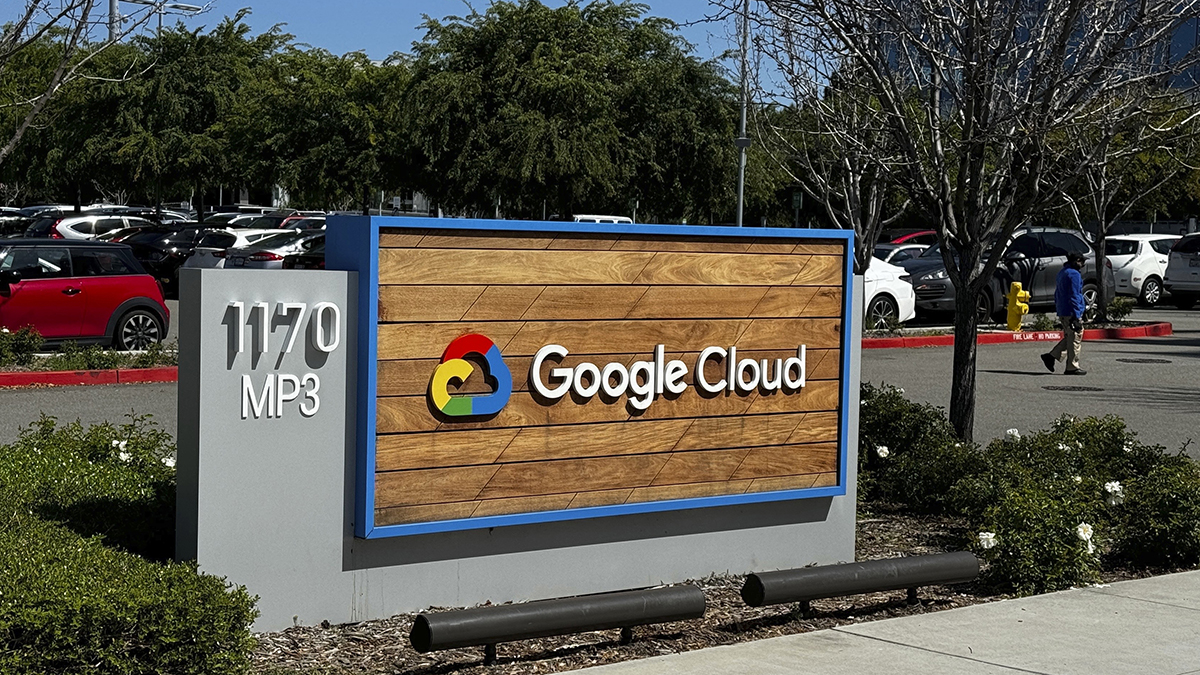Residents of Massachusetts and California led the nation in googling the term “social networking” during the last 12 months according to Google Insights for Search, a new search analysis tool.
Launched on August 6, Google Insights for Search is a free service that allows users to track the popularity of phrases and words that have been typed into Google’s search engine from 2004 until the present day. The resource enables users to sort data by country, sub-region, time and industry. The application also includes heat maps that display the geographic location of where terms are most popular, the top searches related to a term or phrase, and the fastest rising searches.
As of August 8, Massachusetts and California each had a search volume index or SVI of 100 for regional interest in social networking, tops in the nation for the past 12 months. The term “search volume index” or SVI is a measurement that reflects how many searches have been done for a particular term, relative to the total number of searches done on Google over time. Rounding out the top ten were New York (SVI=96), the District of Columbia (96), Washington (88), Maryland (86), Illinois (84), Georgia (80), New Jersey (80) and Utah (80).
(click to enlarge)
Nationwide, the top three related searches to social networking were “social networking sites,” “social networking site,” and “social network.” The fastest rising searches were “social networking trends,” “social networking tools,” and “social networking scripts.”
By city, Google searches for the term “social networking” was highest in Pleasanton (SVI=100), a suburb of San Francisco. Close behind were New York (92), San Francisco (91), Austin (76), Washington (76), Los Angeles (73), Boston (71), Reston (69), Chicago (66) and Atlanta (63).
(click to enlarge)
Business
Also of interest: How search volumes for the term “social networking” have changed over time. After periods of relatively minimal interest for the term in 2004 and 2005, search volumes took off in first quarter 2006 and peaked in November, 2007. After a sharp dip in December, 2007, search volumes have shown steady upward growth throughout the first half of 2008.
(click to enlarge)
Google cautions that the results show the likelihood of users in a particular area to Google search a term on a relative basis. In this case, just because a particular city, say Minneapolis, didn’t rank in the top ten, it could mean Minneapolis residents don’t use Google to search for social networking information (maybe Yahoo? MSN?). They may also use a different phrase or term to search for social networking information (social media? Facebook?).
Another caveat: I suspect Google hasn’t worked out all the bugs in the data just yet, but they’re not letting on. Case in point: On August 7, I used Google Insights for Search to track regional interest by state for the term “social networking” in the last 12 months On August 8, just 24 hours later, I ran the same search, and the results were significantly different.
Why the big differences in the ranking and the scores, especially if the results captured data from the last 12 months? Small sample size? Data glitch? Human error? Maybe it was an issue at my end with my Internet connection. Perhaps I misunderstood something? A difference of one day shouldn’t make that much of an impact in the rankings, right? My suspicion is that Google launched this application only a day or so before and they’re still tinkering with its algorithms and ranking systems. The designers should get a pass on this one, but we should be on the lookout for similar inconsistencies in the future. If a year or even six months from now, we’re seeing the same kind of significant fluctuations in day to day results for the same search over a one year period or longer, it may be time to raise some red flags.
New York Leads Nation in Googling “Facebook”
(click to enlarge)
The application was also used to track Google search statistics for leading social networking brands in the last 12 months. At a state level, Google searches for the brand “Facebook” were highest in New York, Arkansas and Connecticut. At a city level, searches were highest in New York City, Sterling and Milpitas.
California Leads Nation in Googling “YouTube”
(click to enlarge)
At a state level, Google searches for the brand “YouTube” were highest in California, Virginia and Hawaii in the last 12 months. At a metro level, searches were highest in Milpitas, Sterling and Los Angeles.
(click to enlarge)
Oregon Leads Nation in Googling “Twitter”
(click to enlarge)
At a state level, Google searches for the brand “Twitter” were highest in Oregon, California and Washington in the last 12 months. Clearly, the Pacific North West and the West Coast love Twitter. At a city level, searches were highest in San Francisco, Austin and San Jose.
(click to enlarge)
California Leads Nation in Googling “Mashable”
(click to enlarge)
At a state level, Google searches for the brand “Mashable” were highest in California, New York and Texas in the last 12 months. Beyond these three states, search volume was not sufficient enough to show results. At a city level, searches were highest in San Francisco and New York. Search volume was not high enough to get results from any other cities.
(click to enlarge)
Insights for Search: A New Data Frontier
These findings illustrate that Google Insights for Search is an amazing new application for social networking pros of all stripes. While not without its quirks, the tool is quite literally a mind reader that allows researchers to peer into the brains and online activity patterns of Google users.
While the tool was designed to help online marketers create more and better AdWords marketing campaigns, I suspect the resource will be deployed for so much more. It will be used for everything from environmental scans to trend spotting to brand tracking and countless other applications that Google hasn’t yet planned or maybe ever imagined. Perhaps this is a stretch, but the new database (which is updated daily) has seismic implications for the forecasting of consumer behavior and business investment. It could completely revolutionize the way economists measure and track personal and corporate spending intentions.
Currently, the gathering of intention data is done by written or phone surveys which are fraught with issues. Sample sizes may be low or not truly representative. People or organizations conducting the surveys may be biased. Those being surveyed may be less than honest or complete in their responses.
Not here. Users want something. Users search for that something in Google. Google delivers information on that something. That’s it. It’s pure. No messy survey gets in the way. No agenda. No ego. Google never blinks. For better or worse, Google captures it all from hundreds of millions of users all over the world, countless times a day. No survey can do that.
Experimenting with this tool, I feel like an ADD kid again. I’m tinkering with different keywords and phrase combinations like some digital Rubik’s cube, and going wild playing with the different geographic, time, and industry filters. On a whim (and strictly out of professional curiosity of course), I checked which U.S. state led the nation in googling the term “sex” during the last 30 days. Answer: South Dakota. For the term “Britney”: Louisiana. The term “Obama”: District of Columbia. The word “carpet”: Colorado. The phrase “air conditioning”: Arizona. The word “babysitter”: Ohio. I’ve barely started, and my head is already spinning with ideas on how this data can be used in business plans, Powerpoint presentations, sales pitches, brainstorming sessions, concept testing or for just plain fun.
Not to sound ungrateful or greedy, but I’m already preparing a wish list of upgrades for Google Insights for Search 2.0. How about including a filter for time, not just for dates? In the last 30 days, the tool revealed that Phoenix led the nation in googling the term “pizza.” That’s great, but could you add another filter which identifies search volumes for specific times (3-4 pm? 7-8pm ? 10-11pm), particular days (Friday? Saturday) or even exact dates (March 14, 2008) for a word or phrase? Could you take the data that’s currently available in the Google Web History for individual users, and aggregate and publish the data for all Google users? This would allow researchers to scan search volumes by the different types of Google searches, say, Web, images, news, products, sponsored links, video, maps, blogs, and books?
Could you arrange a meeting with the YouTube folks down the hall and create a comparable “YouTube Insights for Search” application that provides comparable search volume data for YouTube searches? And while you’re at it, why not spring for lunch and invite the Facebook and Twitter suits to the Googleplex? While you’re chowing down, explore the feasibility of creating a “Facebook Insights for Search” and/or “Twitter Insights for Search” that provides a database of Facebook and Twitter search volumes and activity patterns, also broken by location, date, times and location. I can already hear the thunder of privacy advocates banging their war drums, but it doesn’t hurt to ask.
Perhaps I’m thinking too far ahead, but the point is that Google Insights for Search is a flawed but still spectacular new research tool for business and Web analysts everywhere. The resource has countless applications in not only social networking, but in virtually all industries, products, and services. Look for more detailed articles and tutorials on how to fully tap this resource and take your online research and forecasting skills to the next level.
---
Related Articles at Mashable | All That's New on the Web:
Google Checkout Trends Knows Your Shopping Habits
Google Trends Now Updates Daily
How to Spy on Your Customers: Networked Insights
Google Trends Adds Another Way to Inaccurately Track Website Traffic
Google Trends Thinks I’m Hot
Web Hosting? What Web Hosting?
Save the Date - Social Gaming Summit: June 13, 2008



